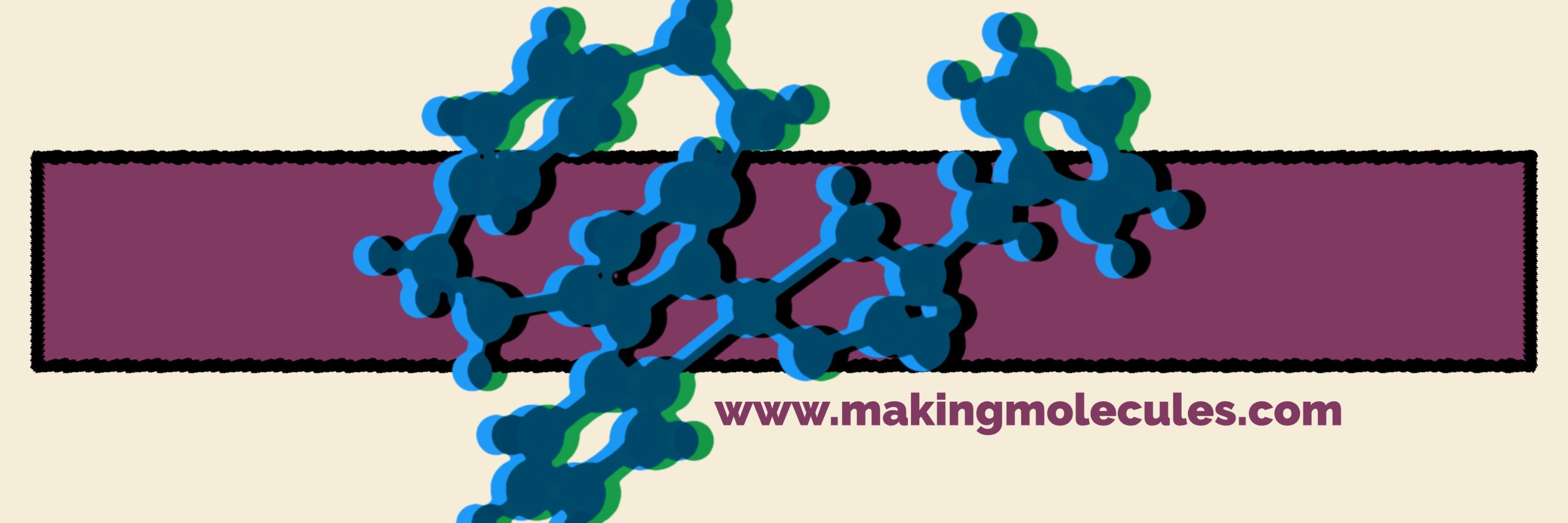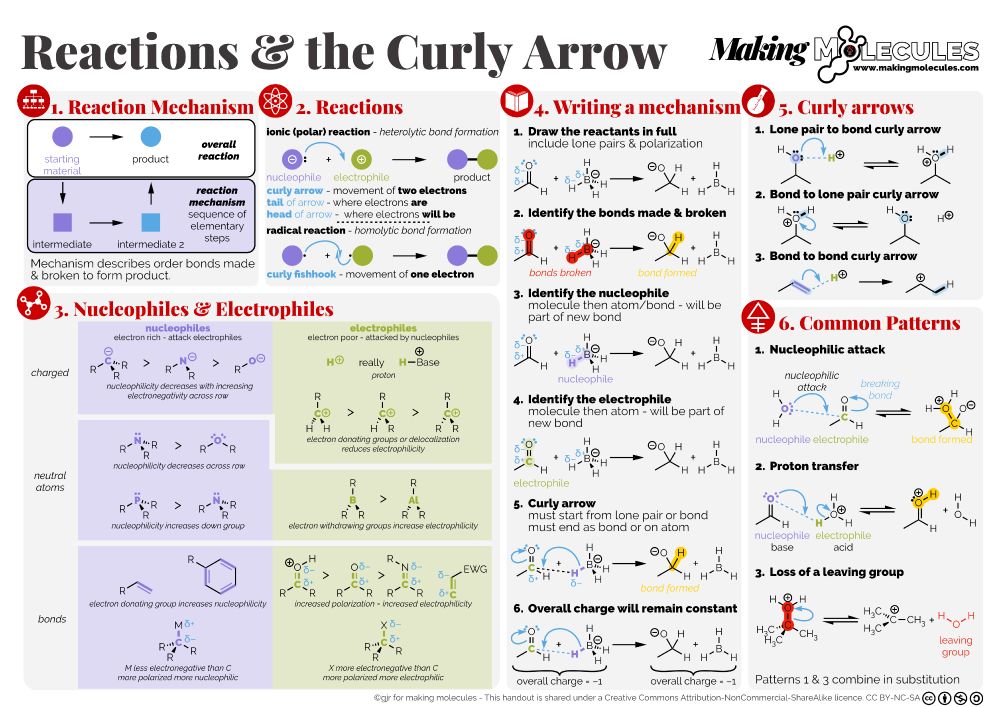Making Molecules
@makingmolecules.com
940 followers
770 following
100 posts
Making molecules - trying to explain chemistry one page at a time.
One page summaries and more wordy descriptions found at:
https://www.makingmolecules.com
Posts
Media
Videos
Starter Packs



























